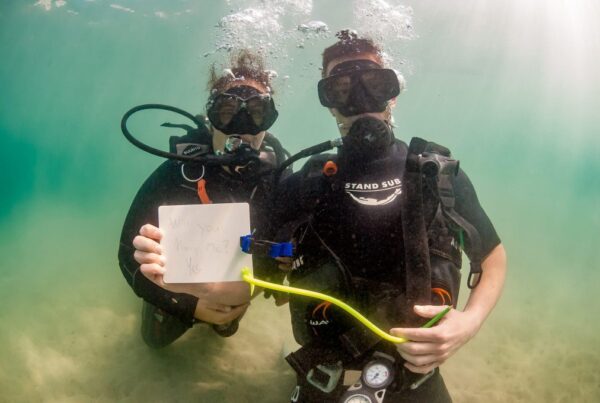We all know Malta as a summer paradise, but it is not a well-known fact that the island can be a great place to travel even during winter. When most of Europe’s temperature drops to freezing, Malta enjoys sunny days with temperatures ranging between 10℃-20℃/50℉-68℉. Find a month by month breakdown of the Maltese winter below so that you can make up your mind and book your flights for an offseason Malta vacation.
September/October
September marks the end of summer in Malta. At this time of the year, the sun will still shine bright in the sky and the days will be long and punctuated by cool breezes and even the occasional cloud.
You will not have to make major lifestyle changes to stay comfortable. No need to wear a jacket as the temperature still remains well above 20 degrees celsius. The seawater remains warm, so no need to pack your wetsuit!
In general, the temperature stays between 25℃ and 30℃. So, you can still take a bikini-clad walk by the beach in the evening, take a dive into a pool whenever you want, and do everything you could do in the summer.
November/December
The temperatures fall further in these months, as winter approaches its prime months in Malta. That said, the average temperature is still around 18℃ to 25℃, and scattered episodes of rain and cool wind may come into play, but nothing that a cozy jumper can’t fix! Other than a few showery days, you will find these months to be the most delightful in the archipelago.
Rural Malta takes on its most beautiful form in November/December. The landscape sparks to life, the skies become untamed and majestic, and the temperatures are perfect to hike for miles without experiencing much exhaustion.
Even though it’s a little chilly for the beach, you’ll see lots of natives and tourists enjoying the waters at sunset. Having a glass of wine by the sea is still spectacular during this time of year.
Christmas is Valletta, the capital city, is a wonderful time to spend the holiday season. With beautiful lights and a warm family scene, the city puts on a spectacular wonderland that everyone can enjoy. The Christmas Village usually opens in early December, offering kids’ activities, like puppet shows, face-painting, balloon art, music, and inflatables. The enchanted Snow Garden and a 35 ft (10 m) Christmas tree are the main highlights of the Christmas Village. Kids can have their photos with Santa and elves, while adults enjoy some quiet time in waterfront restaurants.
January/February
January is historically the coldest month in Malta. There have been records of hail in January, but they are incredibly rare. The norm is 10-17 degrees and the days are cool and fresh. It does tend to rain more in these months than other times of the year, but you can expect a fair amount of sunlight.
The lush greenery of the undulating countryside, as well as the big waves crashing against the spectacular shoreline, will take your breath away. The weather is ideal for hiking and exploring some of Malta’s most captivating attractions.
Check out Dingli Cliffs for a walk overlooking the sea, Għajn Tuffieħa for a beach stroll and, Buskett for a lush green wander during these months.
March/April
During the months of March and April, you can clearly feel the presence of spring as the temperatures get back on an ascending trend. It would be a smart idea to visit the islands at this time since it is just before the onset of the peak season. You can get a mellow summer vibe without spending premium money. April is a great time to travel to Malta since the spring is in full swing. A beautiful walk through the city of Mdina is a perfect thing to do during the months of Spring as you can enjoy a cool breeze by the breathtaking views of the greenery with a cup of coffee in hand.





